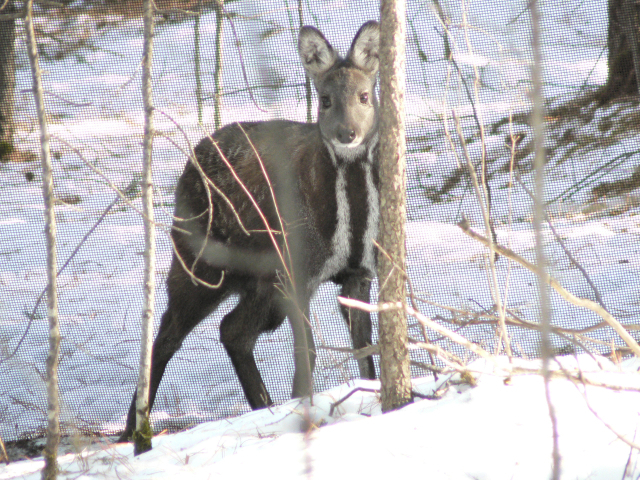SEOUL, Nov. 2 (Korea Bizwire) – The South Korean Ministry of Environment announced on October 31 that the musk deer, an ancient species often called a “living fossil” with only about 50 individuals remaining in the country, has been designated as November’s Endangered Wildlife Species of the Month. The musk deer, whose appearance has remained unchanged for millions of years, offers scientists a rare glimpse into the ancestral form of deer, making it an invaluable subject for academic research.
These diminutive deer, measuring 70-100cm in length and weighing 7-15kg, are distinguished by their distinctive white markings: the tips of their eyes, cheeks, and ears, as well as their lower jaw are white, with a white stripe extending from both sides of the neck to the inner front legs. Male musk deer possess another striking feature: protruding tusks approximately 5cm in length. Unlike their cervid relatives, both males and females lack antlers.
These solitary creatures occasionally form small groups of two to three, typically consisting of a mother and her offspring. They are known for their acute hearing, responding sensitively to even the slightest sounds, and emit a distinctive “whoosh-whoosh” call when threatened. The species’ claim to fame is the musk produced by males to attract females – the source of the coveted fragrance known in the perfume industry as “musk.
” Despite their preference for densely forested habitats in rocky, mountainous areas above 1,00.


















